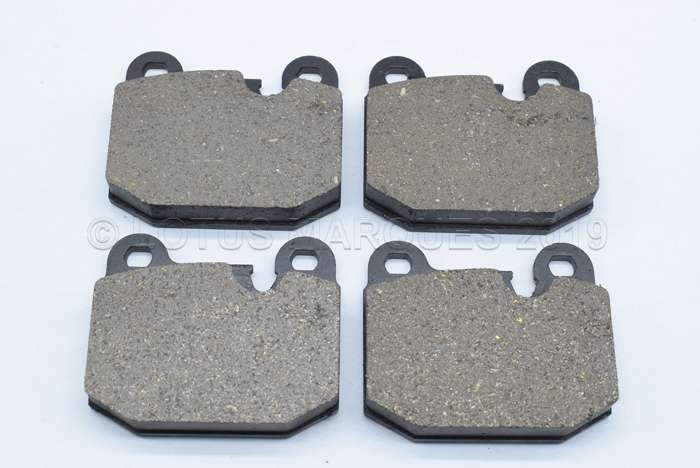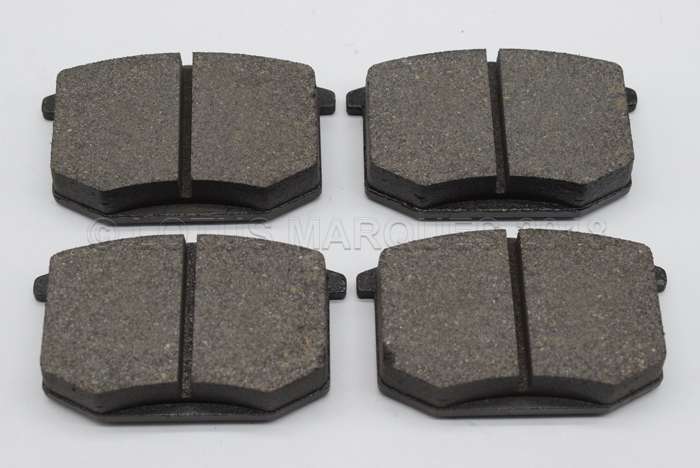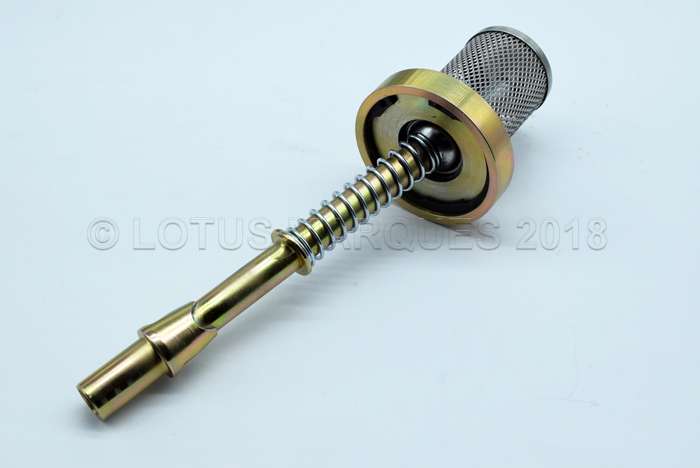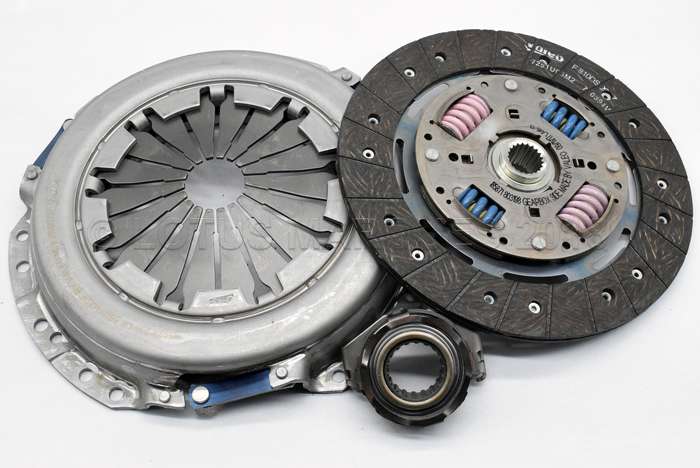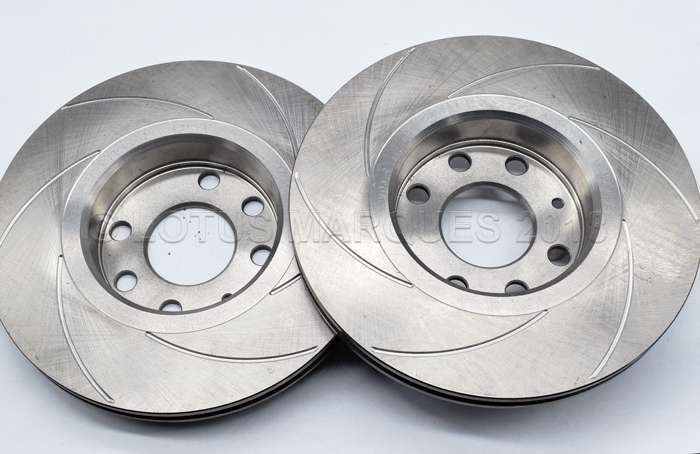If you have used a torque wrench to ensure correct bolt tension, then you have just become a victim of friction – the forgotten factor.
Only by controlling this factor can reliability be restored to the threaded fastener.
The correct function of a nut and bolt is to clamp individual parts together with sufficient force, so as to prevent relative movement between the parts.
When clamped parts move due to the influence of shock, stress, vibration or thermal forces, structural failures can occur rapidly.
The key to reliability then is to prevent relative movement by ensuring that sufficient clamp load is generated in the fasteners.
This is best achieved by understanding and controlling the friction forces which absorb so much of the applied torque. Modern design trends using smaller, fewer, high strength/low yield bolts torqued into the yield region, place more and more emphasis on good design practices and understanding of the forces involved.
Improper lubrication practices can also lead to many types of failure in bolted assemblies.
We tighten a screw or bolt by applying a torque to the head or nut until a balance is obtained between the torque applied and the sum of the bolt tension and friction forces.
The distribution of these forces is shown in Table 1.
|
Table 1 - Torque absorption in a tightening bolt |
||
|
|
RECENTAGE OF TIGHTENING TORQUE |
|
|
|
Course Thread |
Fine Thread |
|
Bolt Tension |
15% |
10% |
|
Thread Friction |
39% |
42% |
|
Under Head Friction |
46% |
48% |
|
Total Tightening Torque |
100% |
100% |
We see, therefore, that in normal course thread fasteners only 15% of the applied torque actually produces clamp load, the rest is absorbed by friction on the tread flanks and under-head bearing surface of the nut and bolt head.
Modern anaerobic thread-lockers such as Loctite 222, 243, 262 play a major role in improving the reliability of bolted assemblies, not simply by preventing premature loss of clamp load but more importantly, by controlling the friction characteristics of the metal surfaces of the fasteners.
Even apparently identical fasteners from the same batch of steel, and having undergone the same heat treatment, can exhibit considerable difference in clamp loads, even when torqued to exactly the same levels.
The explanation lies in variations in the “K” factor for the fastener.
A simplified model for the relationship between the torque applied, the fastener diameter, the force achieved or required, and the “K” factor is:
T = KDF, where
T = Torque – Nm (inch-pounds)
D = Nominal diameter of fastener – m (inch)
F = Clamp Load – N (pounds)
K = An empirical constant which takes into account friction and the variable diameter under the head and threads where friction is acting (it is not the coefficient of friction, although it is related to it)
Values of “K” can be determined experimentally, see Table 2.
The range of values for any lot of fasteners tested was plus or minus 14%, however different fasteners lots increased the variation to plus or minus 20%.
The variation in friction (and therefore “K”) is wide since it is the result of extremely high pressures acting on surfaces which vary in roughness, oxide levels,plating finish and thickness, and lubrication types and levels.
Note: These values were obtained using 16 TPI, 3/8 UNC nuts and bolts, where the bolt was captive and the nut was turned.
Both the threads and the nut face were lubricated. An unlubricated thrust face, either nut or bolt head, can almost double the “K” value.
The dry solvent cleaned bolt would never achieve the clamp load for which it was designed, irrespective of the amount of torque applied, while the bolt lubricated with anti-seize compound (which is not an uncommon practice with the mining industry and heavy engineering) is stretched well into its elastic limit and is a disaster waiting to happen.
The application of the modern anaerobic thread-locking compound Loctite 243 substantially reduces the torque tension scatter envelope over identical “”as received” lightly oiled fasteners.
The “K” factor variation ranging from 0.11 to 0.17 found in seemingly identical fasteners here results in a substantial clamp load variation.
At exactly the same torque level of 24 foot pounds, variations between 4500 pounds and 6700 pounds are experienced. This is not exactly a recipe for reliable engineering assembly.
The same fasteners treated with Loctite 243 would exhibit a variation between 4700 pounds and 5400 pounds, which is close to the design clamp load for such a fastener when tightened to 75% of its proof load.
|
Table 2 – Typical “K” values |
|
|||
|
Substrate |
Lightly oiled |
Lightly oiled and Loctite 243 |
Dry, degreased |
Dry, degreased and Loctite 243 |
|
Steel Fastener |
0.15 |
0.14 |
0.20 |
0.20 |
|
Phosphated Steel |
0.13 |
0.11 |
0.24 |
0.14 |
|
Cadmium Plated Steel |
0.14 |
0.13 |
|
|
|
Stainless Steel 404 |
0.22 |
0.17 |
|
|
|
Zinc Plated Steel |
0.18 |
0.16 |
0.17 |
0.15 |
Clearly, Loctite anaerobic thread-lockers perform a task which is more important than maintaining bolt tension, they provide a reliable means of controlling friction forces so that, once again your torque wrench allows you to achieve the correct tension.

This article has been reproduced courtesy of Loctite Australia and was first published in the January/February 1996 edition of The Automotive Engineer.






